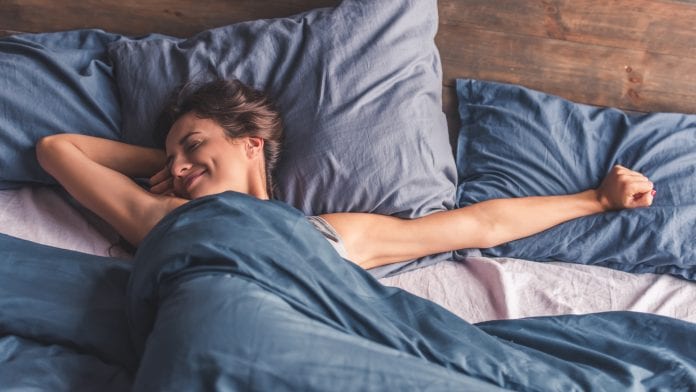
Although patients may spend much of their time sitting in a chair or recovering in bed, inpatient sleep interruptions is common – but a new project may change that.
Selective tinkering with the electronic health records (EHR) system and a 20-minute presentation to doctors and nurses on the consequences of in-hospital sleep deprivation, was able to change the behaviour of caregivers in ways that allowed less patients experience inpatient sleep interruptions.
Inpatient sleep interruptions
Causing grogginess, delirium and falls, night-time awakenings for various tests can disrupt sleep. To alleviate this problem, researchers at the University of Chicago Medicine, USA designed a study known as SIESTA (Sleep for Inpatients: Empowering Staff To Act).
SIESTA uses ‘nudges’ through the patients’ EHRs, urging doctors and nurses to avoid disruptions that are only minimally valuable, such as awakening patients overnight to measure their vital signs or to administer non-urgent medications.
Lead author Vineet Arora, MD, professor of medicine at the University of Chicago, explains: “Efforts to improve patients’ sleep are not new, but they do not often stick because they rely on staff to remember to implement the changes.”
Studying inpatient sleep interruptions
The study focused on two 18-bed general medicine units and lasted one year. From March 2015 to March 2016, 1,083 general medicine patients were admitted either to the SIESTA-enhanced unit or to a nearby standard hospital unit. While physicians who were trained in use of the night-time orders rotated in both units, nurses in the SIESTA-enhanced unit received additional coaching to advocate for patients with physicians in that unit. While sleep-friendly orders increased in both units, the SIESTA-enhanced unit saw the most significant changes.
In the SIESTA unit, decisions to forego night-time vital signs every four hours increased dramatically, rising from 4% to 34%. Sleep-friendly timing of night-time medications such as anticoagulants to prevent blood clots rose from 15% to 42%. Night-time room entries decreased by 44%.
The authors established that physician and nursing education, coupled with changes to the EHR, led to a significant reduction of orders for overnight vital signs. It also led to more appropriate administration of night-time medications in both the SIESTA and the standard unit.
However, the virtues of a sleep-friendly environment are dependent upon the unit-based nurses championing the cause. The initial emphasis on limiting night-time room entries, for example, eventually faded, but sustained improvements were seen after nurses added SIESTA to their nursing unit huddles.
“This illustrates the importance of engaging both nurses and physicians to create sleep-friendly environments in hospitals.” Arora concludes.









